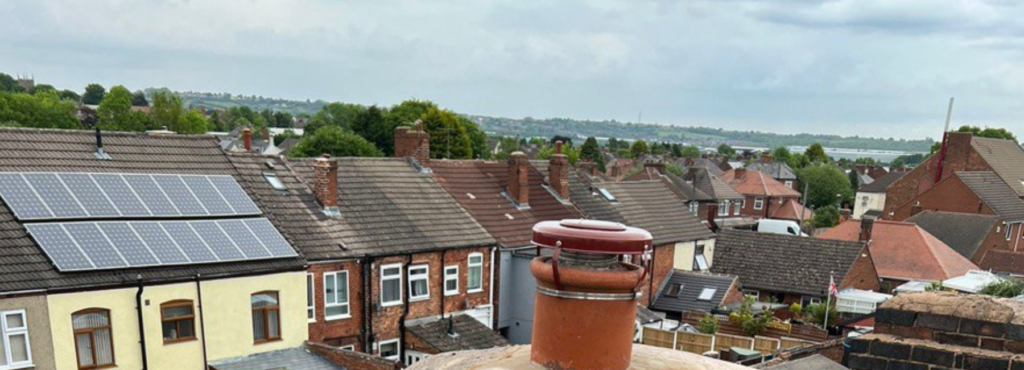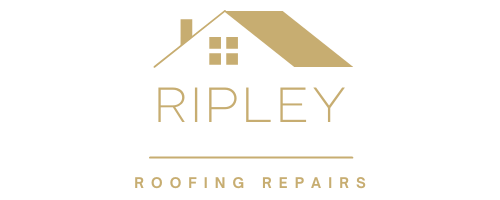Introduction: Gable roofs are a classic architectural feature known for their iconic triangular shape. However, like any roofing system, gable roofs can suffer wear and tear over time, and their shingles may become damaged. Damaged shingles can lead to leaks and compromise the overall integrity of your roof. In this blog post, presented by Ripley Roofing Repairs, we’ll explore the steps to repair damaged gable roof shingles, helping you protect your home and extend the life of your roof.
Identifying Damaged Shingles
Before you can repair damaged shingles, it’s essential to identify the affected areas. Here are some common signs of damaged shingles on a gable roof:
- Missing Shingles: If you notice gaps in your roof where shingles should be, it’s a clear sign of missing shingles. Strong winds, heavy rain, or poor installation can cause shingles to detach.
- Curling or Cupping: Shingles that curl upward at the edges or cup in the middle are usually damaged due to weather exposure and ageing.
- Cracks or Splits: Shingles with visible cracks or splits are likely damaged and need attention.
- Granule Loss: Excessive granule loss is a sign of ageing shingles. If you notice granules accumulating in your gutters, it’s time to inspect your roof.
- Bald Spots: Bald spots on shingles indicate significant granule loss, leaving the underlying material exposed to the elements.
Tools and Materials You’ll Need
Before you begin your repair, gather the following tools and materials:
- Replacement shingles (match the colour and style of your existing shingles)
- Pry bar or roofing nails
- Roofing cement or adhesive
- Roofing nails
- Hammer
- Utility knife
- Safety gear (gloves, eye protection)
Step-by-Step Repair Guide
Now, let’s proceed with repairing your damaged gable roof shingles:
1. Safety First: Always prioritise safety. Ensure the weather conditions are safe for roof work, and use appropriate safety gear.
2. Prepare the Area: Clear any debris or dirt from the damaged shingles to create a clean work surface.
3. Remove Damaged Shingles:
- Use the pry bar or roofing nails to lift the edges of the damaged shingles carefully.
- Remove any roofing nails or adhesive securing the damaged shingles.
- Gently lift and slide out the damaged shingle.
4. Install Replacement Shingles:
- Slide the replacement shingle into place, ensuring it aligns correctly with the surrounding shingles.
- Secure the replacement shingle with roofing nails using a hammer.
- Apply roofing cement or adhesive under the edges of the adjacent shingles to ensure a watertight seal.
5. Seal and Smooth:
- Apply a small amount of roofing cement or adhesive over the nails to seal them and prevent water penetration.
- Press down on the replacement shingle to ensure it adheres securely.
6. Inspect and Clean: After completing the repair, inspect the entire roof to identify any additional damaged shingles that may require attention. Clean the roof surface of any debris or loose granules.
Conclusion: Repairing damaged gable roof shingles is a manageable task that can extend the life of your roof and prevent water damage to your home’s interior. Regular maintenance and prompt shingle repairs are essential for the long-term health of your roof.
Call us on: 01773 300 896
Click here to find out more about Ripley Roofing Repairs
Click here to complete our contact form and see how we can help with your roofing needs.

